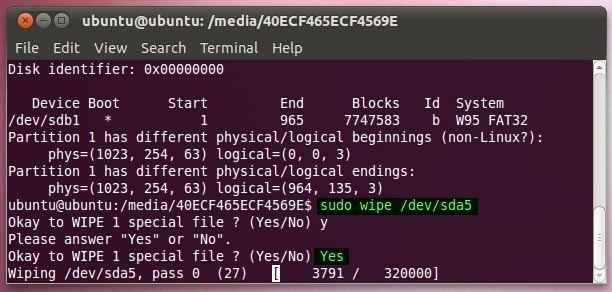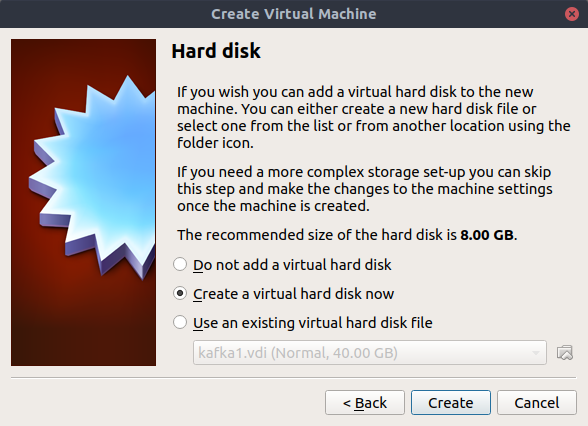

The command “sudo e2label /dev/sdf1” will query /dev/sdf1 to see what label it has. Suppose the disk partition that you want to label is /dev/sdf1 and you want to call the hard drive “M1”. Normally you’ll see something like “/media/disk” mapping to a device like “/dev/sdX” where X is a letter like a, b, or c. Attach the USB drive to the computer and use the “mount” command to identify the partition to add a label to. Each time you plug in that drive, you’ll see the same label for that drive. If you formatted the drive as ext3 in step 1, you can use e2label (from the e2fsprogs set of utilities) to give your drive a persistent name. It’s nice if you plug in an external hard drive and you see something more descriptive than “disk” or “usbdisk”. GParted will do all the formatting for you. Finally, click “Apply” on the menu bar and just wait 3-4 minutes.

I recommend “ext3” because it’s a very stable file system. You’ll see a dashed box appear around the partition that you clicked (see the picture above where “/dev/sdf1” has been clicked). Once the right device is selected, click on the partition you want to format. Then make sure the correct drive is selected (under GParted->Devices again). If you’ve just plugged your drive into the computer, unmount the drive by selecting the external drive (under GParted->Devices) and then doing Partition->Unmount.

GParted is pretty intuitive, and it looks something like this: GParted lets you format and partition hard drives. Rather than typing commands like mk2efs myself, I installed a wonderful utility called gparted. That’s great for Windows computers, but I preferred to format into a native Linux filesystem like ext3 or ext2.

I picked up a 750 gigabyte Seagate Free Agent Pro drive. Recently my home Network Attached Storage (NAS) started acting flaky, so I wanted to back up my data.


 0 kommentar(er)
0 kommentar(er)
